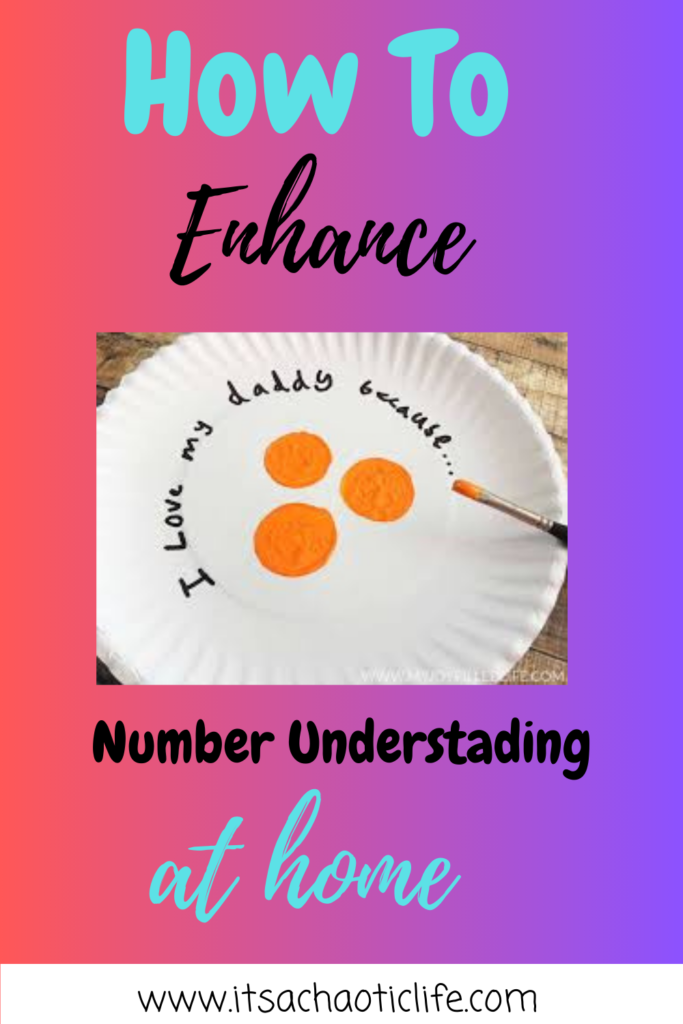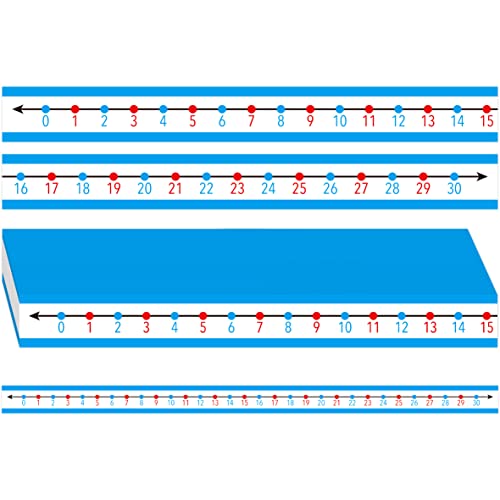
As a teacher and a parent, finding ways to enhance number understanding at home can be a challenge if you don’t know where to begin, However, incorporating numbers and counting into everyday activities can be both rewarding and effective. One powerful tool to do this is skip counting. Straight from my teaching toolbox, this bridges the classroom and home learning environments in very simple ways. Skip counting not only strengthens a child’s grasp of numbers but also builds foundational math skills essential for future learning. Here’s how you can make skip counting a fun and educational experience at home.
This post includes affiliate links. If you purchase something through it, we may receive a small commission.
What is Skip Counting?
Skip counting involves counting numbers by a fixed interval other than 1. You pretty much are skipping numbers in between each count. For example, counting by twos (2, 4, 6, 8, etc.) or by tens (10, 20, 30, 40, etc.). It helps children recognize patterns in numbers and develop multiplication concepts early on. In school they learn skip counting by 2, 3,4,5,7, 8, 9, 10. This is a solid foundation for learning to multiply and divide.
Why Skip Counting Matters:
- Builds Number Sense: By skip counting, children learn to recognize the sequence and relationship between numbers, enhancing their overall number sense.
- Prepares for Multiplication: Skip counting lays the groundwork for understanding multiplication tables, making it easier for children to grasp multiplication as repeated addition.
- Prepares for Division: Everyone know that division and multiplication are related. So if you can skip count, you can also divide.
How to Integrate Skip Counting at Home:
Here are some simple things you can do at home. No need to buy anything new for these activities.
Counting Everyday Objects: Take advantage of daily activities like setting the table or sorting laundry to practice skip counting. Count socks by twos or count plates by fives.
Number Chart– what’s so great about number charts is that you can use day erase marker on it, color the different skip counts and use it for adding and subtracting. They are very visually appealing.
Number Line– Number lines are very useful as well for skip counting. You can also easily draw a number line at home.
Math Manipulatives– Using counting toys such as cubes or any tiny toys you may have around the house, will help with skip counting.
- Use Visual Aids: Use number charts, number lines, or even toys and manipulatives (like blocks or beads) to illustrate skip counting sequences visually.
2. Incorporate Songs and Rhymes: Sing skip counting songs together or create your own rhymes to make learning more engaging and memorable.
3.Make it a Game: Turn skip counting into a game by challenging your child to count forwards and backwards or by introducing a time challenge to see how quickly they can skip count to a certain number.
4. Connect with Classroom Learning: Reinforce what your child learns in school by discussing how skip counting relates to their math lessons or homework assignments.
**According to VeryWell Family, math opportunities are everywhere. And with all these new math programs that schools are getting it is now more important then ever to make sure math is being used everyday at home in simple ways. This article has ideas for math at home, in the grocery store and even when you’re driving on the road. **

Incorporating Numbers Into Daily Activities
It’s so easy to incorporate numbers into every day things. Sometimes you don’t even realize in what ways we as adults use numbers. All you have to do is incorporate your child into these activities with you. This is a flawless way to help your child with the understanding of numbers and their importance.
Daily Activities to Enhance Number Understanding At Home:
- Counting steps while walking
- Measuring ingredients while cooking
- Setting a timer
- Counting the seconds while brushing your teeth, or washing face.
- Read the clock ( or find single digit numbers on the clock)
- Go on a number hunt
- Sort and count snacks such as fruit snacks or goldfish.
- Count coins or dollar bills to pay for items at the store.
- March and count ( or skip count)

Conclusion
Incorporating counting at home is easy and is definitely beneficial to your little learner. Counting isn’t just about numbers—it also enhances critical thinking, improves pattern recognition, and boosts confidence in mathematical abilities. By integrating skip counting into your daily routine, you’re not only fostering a deeper understanding of numbers but also creating enjoyable learning moments with your child. These foundational skills will serve them well as they progress through their academic journey. Remember, learning doesn’t stop at the classroom door—every interaction at home is an opportunity to nurture your child’s curiosity and love for learning. Embrace counting as a valuable tool in your teacher toolbox, both in the classroom and at home!
Check out some other blog post for educational fun at home!



